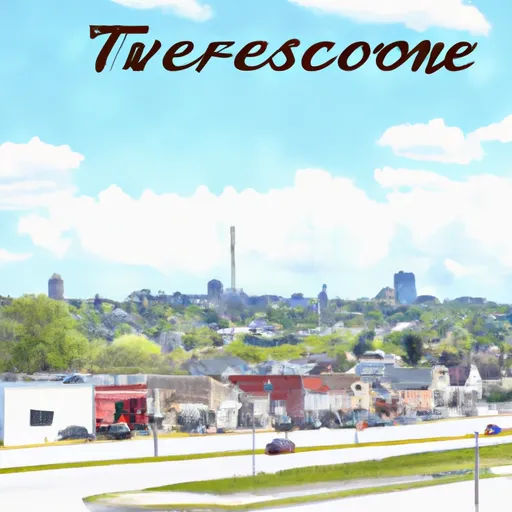°F
°F
mph
Windspeed
%
Humidity











Trevor, Wisconsin is a small community located in the southeastern part of the state, and it offers a pleasant climate with four distinct seasons. Summers are warm with average temperatures ranging from the mid-70s to low 80s Fahrenheit, making it an ideal time for outdoor activities. Winters are cold and snowy, with average temperatures ranging from the mid-20s to low 30s Fahrenheit.
Hydrology is an essential aspect of Trevor's landscape, as it is situated in close proximity to several lakes and rivers. Lake Elizabeth and Lake Mary are two popular nearby lakes, offering opportunities for boating, fishing, and swimming during the warmer months. The nearby Fox River is another notable water body, providing additional recreational activities such as kayaking, canoeing, and riverfront picnicking.
In addition to its hydrology, Trevor is surrounded by picturesque forests and parks, including the Bristol Woods County Park and Richard Bong State Recreation Area. These natural areas offer hiking trails, camping sites, and wildlife spotting opportunities. Nature enthusiasts can also explore the nearby Southern Unit of the Kettle Moraine State Forest, which offers scenic vistas, biking trails, and cross-country skiing during the winter months.
Overall, Trevor, Wisconsin provides a pleasant climate, ample hydrology constituents, and a variety of outdoor recreation opportunities for residents and visitors alike.
Weather Forecast
Trevor receives approximately 910mm of rain per year, with humidity levels near 80% and air temperatures averaging around 9°C. Trevor has a plant hardyness factor of 5, meaning plants and agriculture in this region thrive during a short period during spring and early summer. Most plants will die off during the colder winter months.
Regional Streamflow Levels
16
Cubic Feet Per Second
3
Cubic Feet Per Second
2
Cubic Feet Per Second
1
Cubic Feet Per Second
Nearby Camping
| Camping Area | Reservations | Toilets | Showers |
|---|---|---|---|
| Walnut Point State Park | |||
| Boswell Landing | |||
| Paris Landing State Park | |||
| Piney - LBL | |||
| Sam Parr State Park | |||
| Rushing Creek - LBL |



